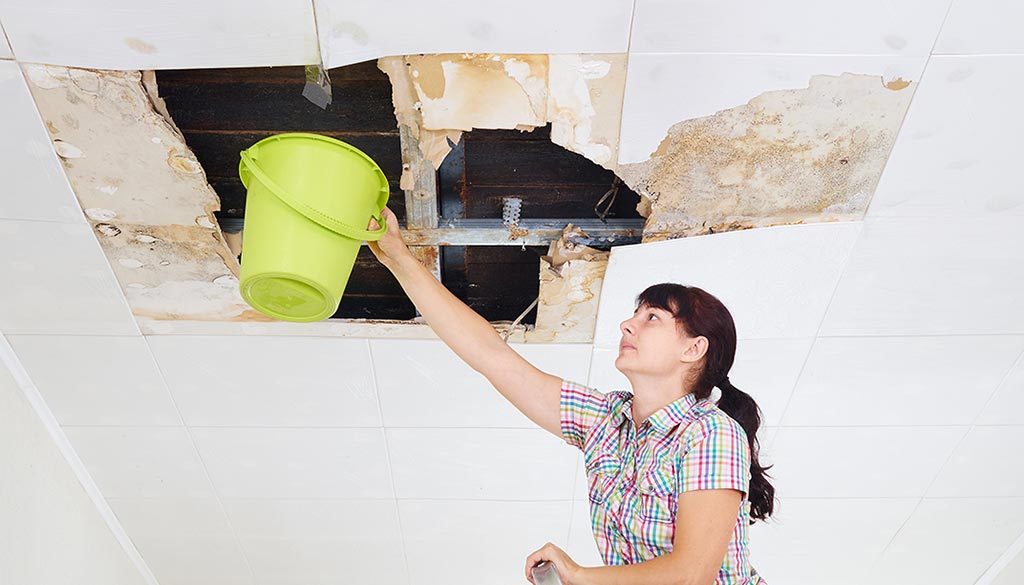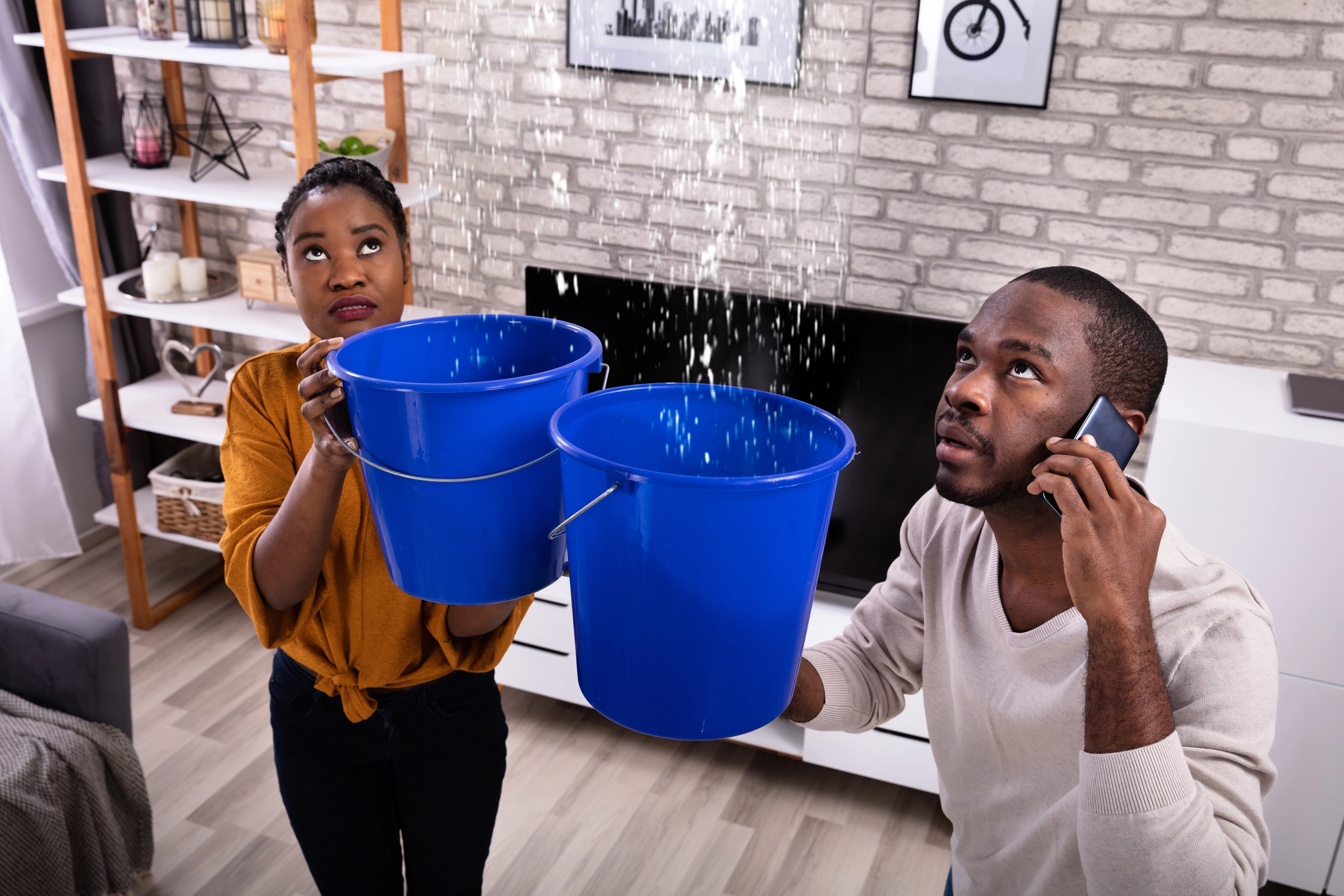The Do’s and Don’ts of Effective Water Damage Cleanup
Wiki Article
Necessary Actions to Follow for Effective Water Damages Reconstruction in Your Home
When confronted with water damages in your home, knowing the crucial actions for reliable restoration can make all the distinction. You require to assess the damage and guarantee security prior to taking on the issue. Stopping the resource of water is vital, yet it's just the start. There's a collection of actions you have to take to secure your home from additional issues as soon as you've handled that. Allow's explore what you must do following.Examine the Damages
The first step is to analyze the damages extensively when you uncover water damage in your home. Start by identifying the source of the water intrusion. Inspect for leakages, burst pipes, or various other concerns triggering the issue. Next off, examine the affected locations for visible indications of damage, including mold, bending, or staining growth. Do not forget to look in hidden areas like behind walls or under floor covering, as water can leak into these locations unnoticed.Document the damages by taking clear pictures and notes. When talking about the situation with your insurance coverage provider or remediation experts, this will certainly assist you. Take notice of the type of products affected, as various materials call for different restoration strategies. Assess the extent of the damage. Is it small or extensive? Understanding the scope will certainly guide you in deciding whether to handle it on your own or hire the experts for an extra considerable reconstruction procedure.
Make certain Safety
Before you begin any type of repair job, guaranteeing your safety is necessary. First, evaluate the problem of your home. If the water's deep or if you notice electric dangers, do not get in the location. Switch off the electrical energy and gas supply to stop crashes. Wear protective equipment like boots, masks, and handwear covers to secure on your own from contaminants or mold.It's essential to stay familiar with your surroundings; expect sharp objects and slippery surfaces. Treat it as unsafe waste if the water is from a sewage back-up. Keep children and pets far from affected areas to avoid exposure.Once you have actually taken these preventative measures, you can wage the repair procedure. Bear in mind, your safety comes initially, and if you're ever uncertain, it's finest to speak with a professional. Taking these actions will certainly assist ensure you prepare to take on the restoration securely and efficiently.Quit the Source of Water
After guaranteeing your security, the following action is to quit the resource of water. Identify where the leak is coming from. Maybe a ruptured pipe, a malfunctioning device, and even heavy rainwater getting in via a harmed roof covering. Turn off the main water supply to your home to stop further flooding if it's a plumbing problem. For appliances, disconnect them and turn off their water supply valves.If the resource is outdoors, like rain, attempt to divert it far from your home making use of sandbags or other barriers. For small leakages, you may be able to make use of tape or a sealant momentarily up until a professional can repair it. Remember, addressing the resource swiftly is necessary to decreasing damages and stopping mold and mildew development. Once you've stopped the water, you'll remain in a far better placement to carry on to the following action in the remediation process.
Get Rid Of Excess Water
Act quickly to remove excess water, as standing water can result in a lot more comprehensive damages and mold and mildew growth. First, gather your tools: a wet/dry vacuum cleaner, containers, and towels. You can utilize towels to saturate up the dampness if the water is shallow. For much deeper water, a wet/dry vacuum cleaner is your best option. Make sure to empty the vacuum often to prevent overflow.If the water is contaminated, like from a sewage back-up, put on protective equipment, including handwear covers and masks, to keep yourself risk-free. Once you've gotten rid of as much water as possible, inspect for surprise pockets of dampness in edges and under furniture, as these can harbor mold.Don' t neglect to switch off electrical appliances and power electrical outlets in wet locations to avoid dangers. This initial action is essential in decreasing damage and setting the stage for an effective repair procedure.Dry and Dehumidify the Area
It's important to dry and evaporate the area completely as soon as you've gotten rid of the excess water. Start by using dehumidifiers successfully to draw moisture out of the air and avoid mold growth. Keep an eye on humidity degrees to assure the space dries totally.Get Rid Of Standing Water
To effectively tackle water damage, you require to focus on removing standing water as swiftly as possible. Begin by gathering essential devices, like a wet/dry vacuum or a pump, depending upon the quantity of water. A vacuum ought to do the method if the water is shallow. For bigger quantities, a pump is extra efficient. While functioning, ensure to use safety equipment to maintain yourself risk-free from pollutants. As you eliminate the water, take notice of concealed areas like under furniture or in edges where water could accumulate. When you've eliminated the bulk, your room will begin to dry out. This step is vital, as sticking around water can result in mold and mildew development and much more comprehensive damages.Usage Dehumidifiers Effectively
Exactly how can you efficiently use dehumidifiers to dry and dehumidify your room? Start by placing your dehumidifier in the most afflicted area, ideally where water damage is most extreme. Make sure to shut reference all doors and home windows to develop a sealed atmosphere. Switch on the dehumidifier and set it to the ideal moisture level, normally around 30-50%. Empty the water collection tank frequently, or consider using a version with a constant drain option for comfort. If feasible, utilize fans to enhance airflow, assisting the dehumidifier job extra effectively. Maintain the dehumidifier running until you're confident that the area is thoroughly dried, stopping mold growth and added damage (Water Damage Cleanup). This action is crucial for efficient water damage repairMonitor Humidity Degrees
Surveillance moisture levels is vital during the drying procedure, as it assists assure your space remains without excess moisture. Buy a trusted hygrometer to track moisture properly. Preferably, you wish to keep levels between 30% and 50%. If moisture readings rise over this range, you might require to adjust your fans or dehumidifiers to enhance airflow. Inspect the analyses consistently, specifically in locations prone to moisture, like basements or bathrooms. If you see relentless high humidity, think about boosting air flow or using added dehumidifiers. Staying on top of these degrees not only accelerates the drying out procedure yet also prevents mold and mildew development, ensuring your home remains comfortable and risk-free.Tidy and Disinfect Affected Surfaces

Bring back and Fix Your Home
After cleansing and sanitizing the influenced locations, it's time to restore and fix your home. Begin by reviewing the damages. Examine for structural issues, like weakened wall surfaces or floors, and attend to any type of required repair services. Replacing harmed drywall or floor covering is essential for both aesthetic appeals and safety.If your furnishings or valuables were affected, consider whether they can be salvaged or require replacement. Tidy or professionally restore products where possible.Next, paint wall surfaces and touch up any kind of locations that require focus. This not only improves appearance yet likewise safeguards surface areas from future water damage.Don' t forget to check your pipes and home appliances for leaks, making sure everything's operating properly. Consider installing a dehumidifier to prevent future dampness problems. By taking these steps, you'll restore your home to its previous glory and develop a safer living atmosphere.Regularly Asked Concerns
The Length Of Time Does Water Damages Remediation Typically Take?
Water damages remediation usually takes anywhere from a couple of days to a number of weeks, depending on the degree of the damage (Water Damage Repair). You'll wish to assess the situation promptly to minimize more problems and assure correct remediationWill My Insurance Policy Cover Water Damages Restoration Prices?
Your insurance coverage might cover water damage restoration costs, however it relies on your policy. Examine your coverage details and contact your insurance policy agent to clarify what's included and what you require to sue.
Can I Manage Water Damage Remediation Myself?
You can handle water damages reconstruction yourself, but it's essential to examine the scenario. You may want to call experts if it's substantial. Always focus on security and assure you've obtained the right tools.What Are the Indications of Hidden Water Damages?
You could observe signs of surprise water damage like distorted wall surfaces, mildewy odors, or discoloration. If your floors really feel spongy or you place mold, it's time to check out even more prior to the circumstance worsens.Exactly How Can I Protect Against Future Water Damages in My Home?
To stop future water damage in your home, you must routinely examine plumbing, seal splits, preserve rain gutters, and warranty correct water drainage. Setting up a sump pump and dampness obstacles can additionally help keep your space completely dry. When you discover water damage in your home, the very first action is to examine the damages thoroughly. Act rapidly to remove excess water, as standing water can lead to more considerable damage and mold and mildew growth. To properly deal with water damages, you need to focus on getting rid of standing water as swiftly as possible. As you get rid of the water, pay attention to concealed areas like under furnishings or in corners where water may gather. Water damage reconstruction normally takes anywhere from a couple of days to a number of weeks, depending on the degree of the damages.Report this wiki page